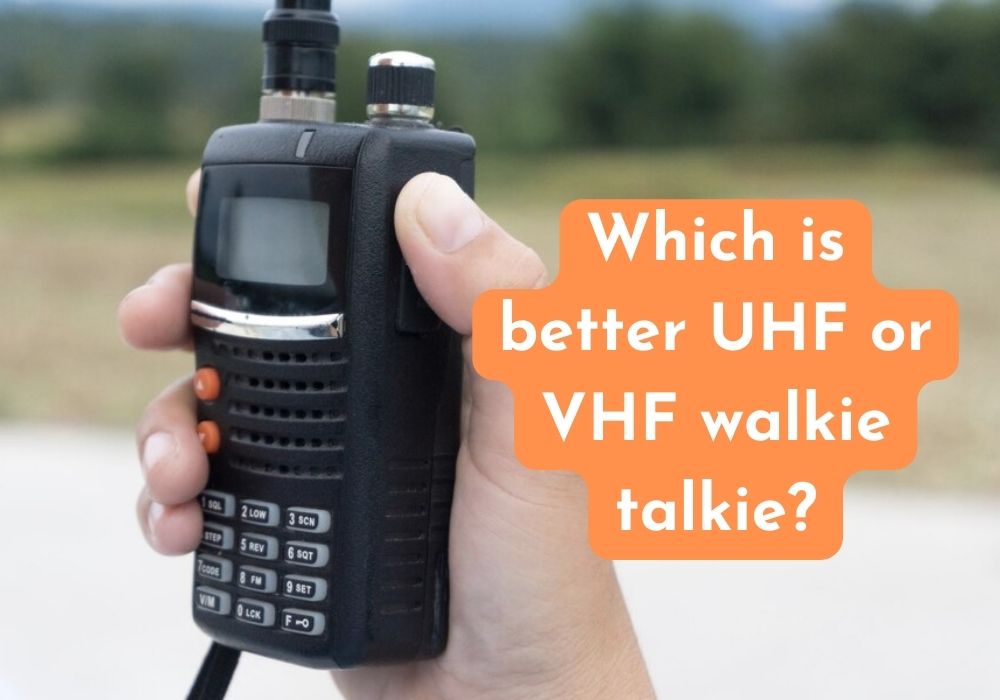Deciding between UHF and VHF walkie-talkies isn’t about simply choosing one as “better.” Both have their own strengths and weaknesses, and the “best” choice depends on your specific needs and circumstances. Here’s a breakdown to help you decide:
Read more: authorised motorola walkie talkie dealers
UHF Walkie-Talkies:
Pros:
- Better penetration through obstacles: UHF signals travel well through buildings, foliage, and other obstructions, making them ideal for use in urban environments, dense forests, and inside buildings.
- Reduced interference: UHF operates on higher frequencies, experiencing less interference from other radio sources compared to VHF.
- Compact antennas: UHF walkie-talkies generally have shorter antennas, making them more portable and convenient to carry.
Know more: Motorola walkie talkie dealers
Cons:
- Shorter range: UHF signals have a shorter range compared to VHF, typically reaching 1-2 miles depending on terrain and conditions.
- Less coverage in open areas: In open areas with unobstructed line of sight, UHF may not offer much advantage over VHF in terms of range.
Check: walky talky dealers
VHF Walkie-Talkies:
Pros:
- Longer range: VHF signals travel farther over open terrain, reaching up to 5-10 miles in ideal conditions.
- Better coverage in open areas: VHF works well for long-distance communication in open fields, plains, or across water.
- Generally cheaper: VHF radios are often more affordable than UHF models with similar features.
Know More: VENUS Licence Free Wakie Takies
Cons:
- Poor penetration through obstacles: VHF signals struggle to penetrate through buildings, foliage, and other obstructions, limiting their effectiveness in urban environments and inside buildings.
- More susceptible to interference: VHF frequencies are more prone to interference from other radio sources like emergency services or commercial radio.
- Larger antennas: VHF walkie-talkies typically have longer antennas, making them less portable and convenient to carry.
Know more: authorised motorola walkie talkie dealers
So, which one is for you?
- UHF: Choose UHF if you need good communication in buildings, urban environments, or with obstacles in the way, and prioritize portability.
- VHF: Opt for VHF if you need maximum range in open areas and prioritize affordability.
Remember:
- Consider your typical environment and communication needs.
- Think about the range you require and potential obstacles.
- Check for licensing requirements, as some frequencies need licenses.
- Compare features and prices of specific models within each band.
By considering these factors, you can choose the UHF or VHF walkie-talkie that best suits your specific needs and ensures effective communication in your chosen environment.
I hope this clarifies the differences and helps you make an informed decision!


